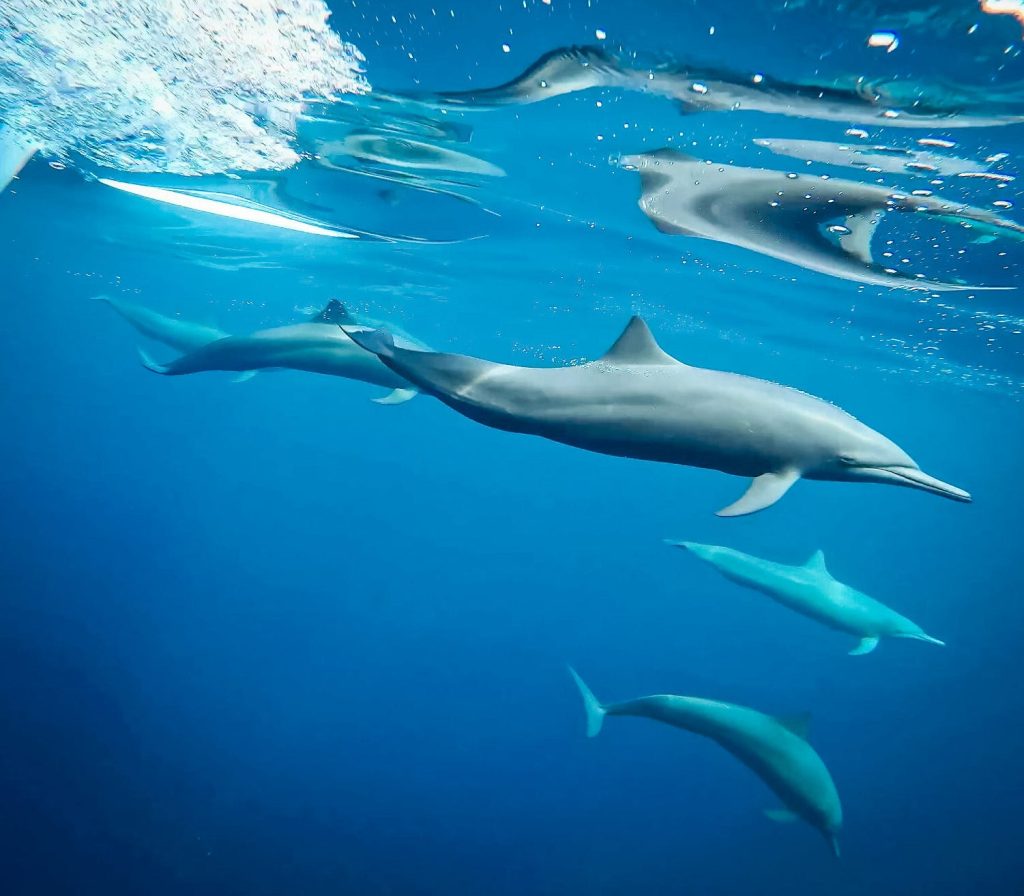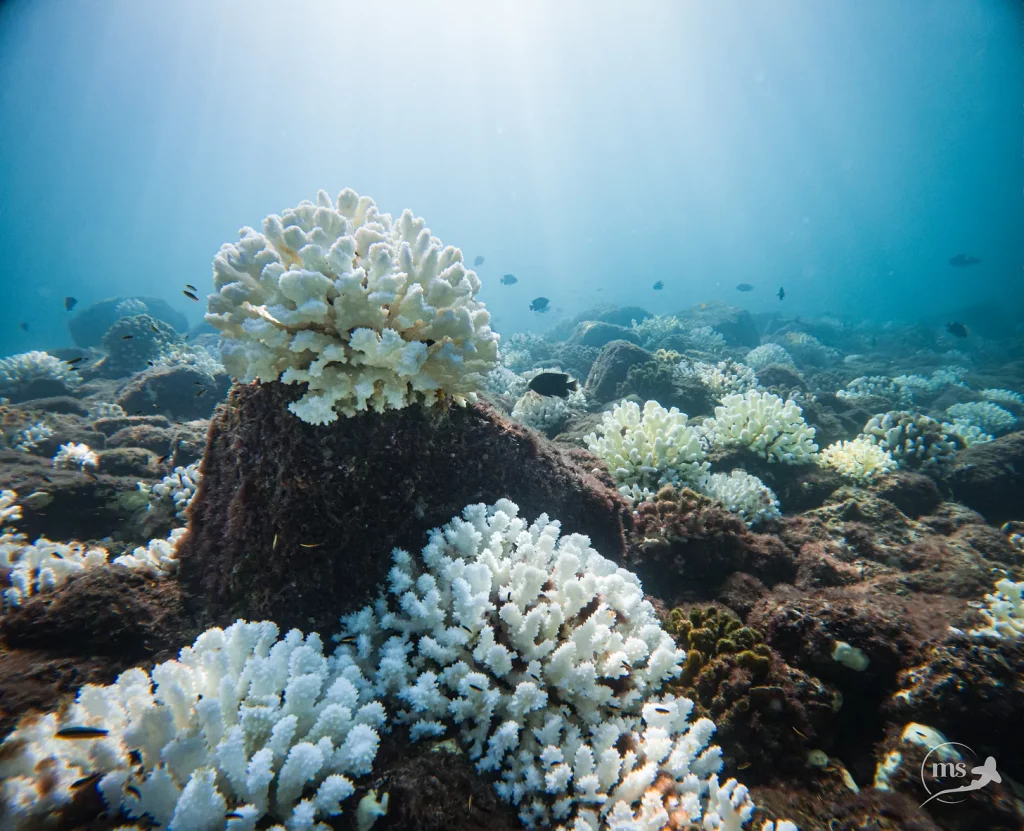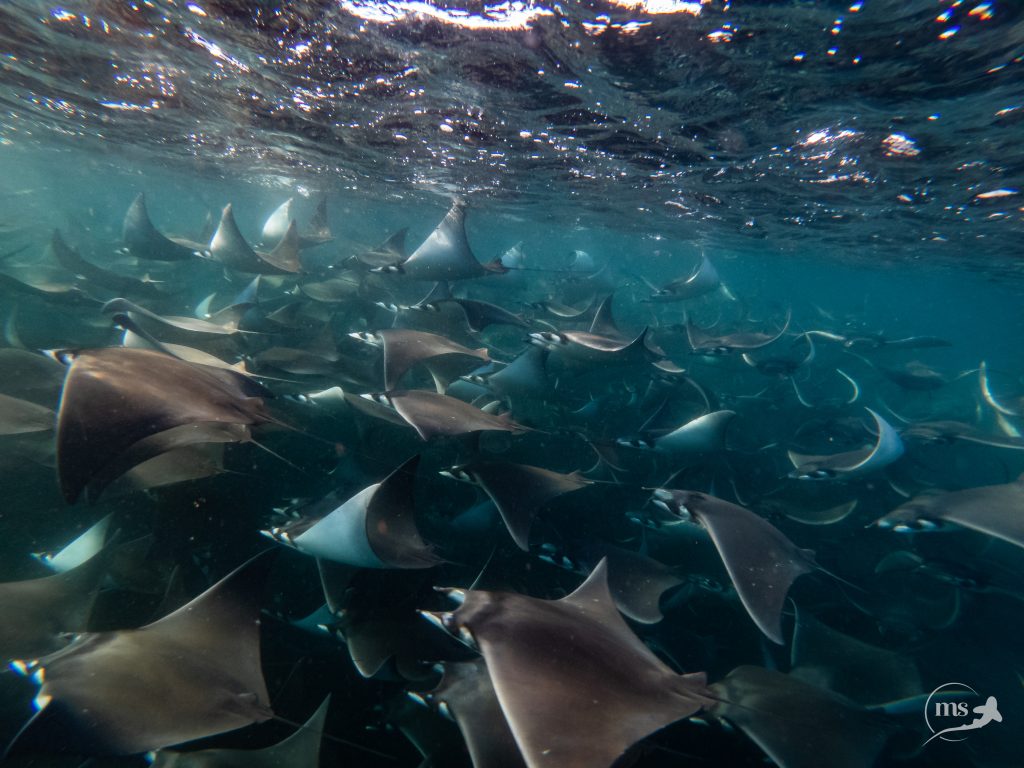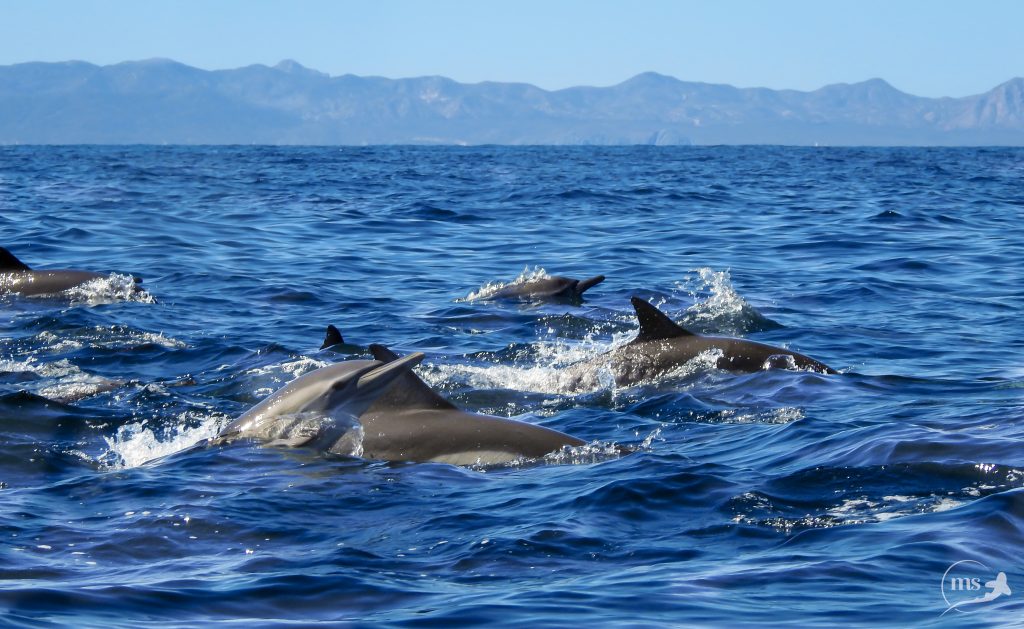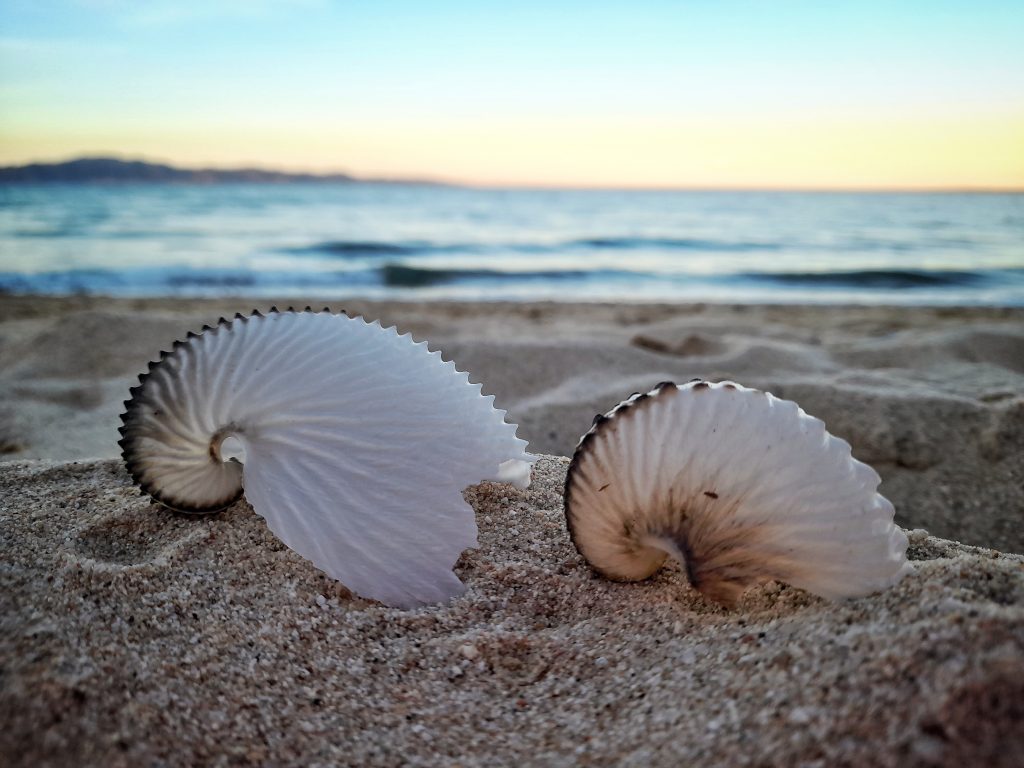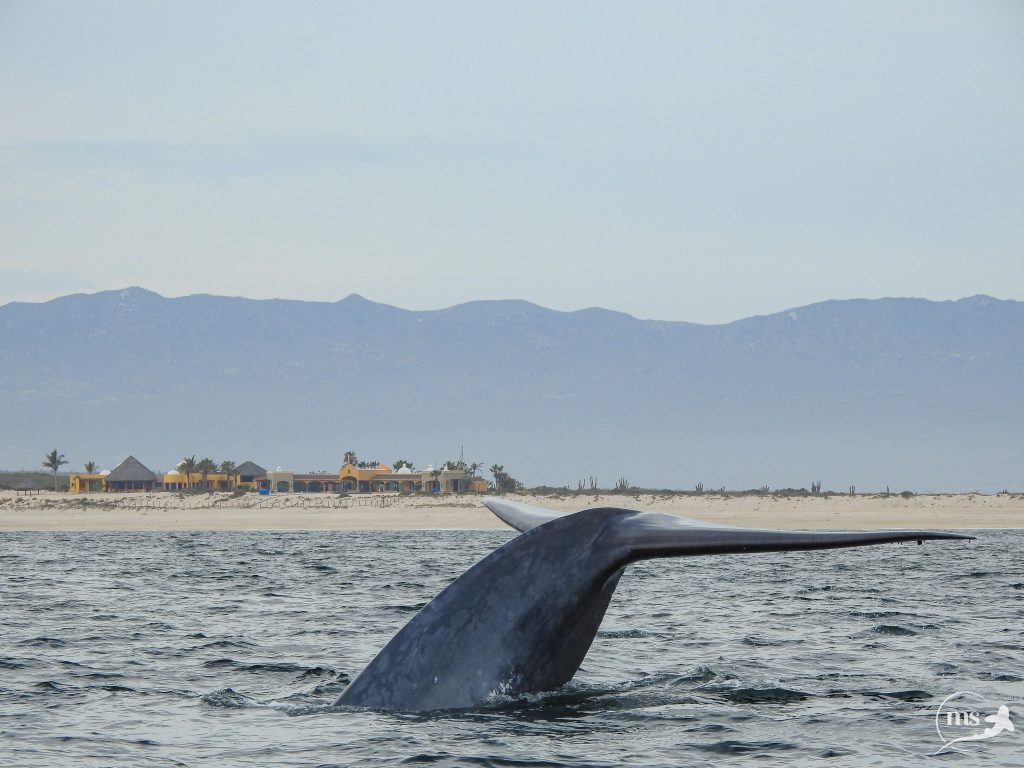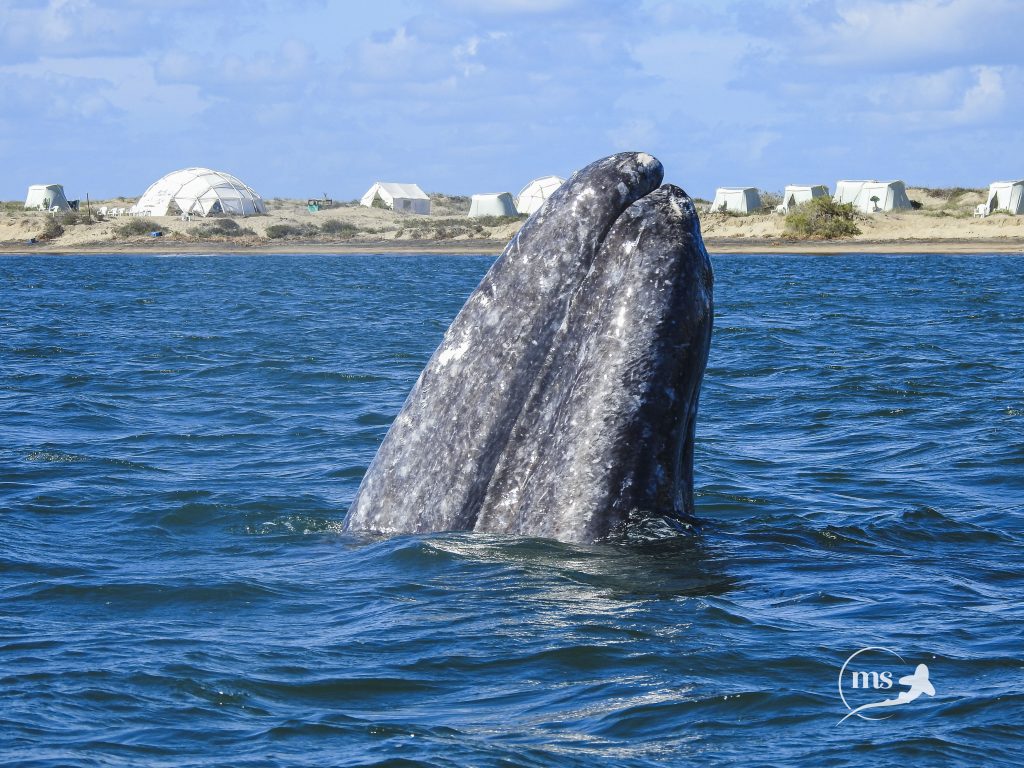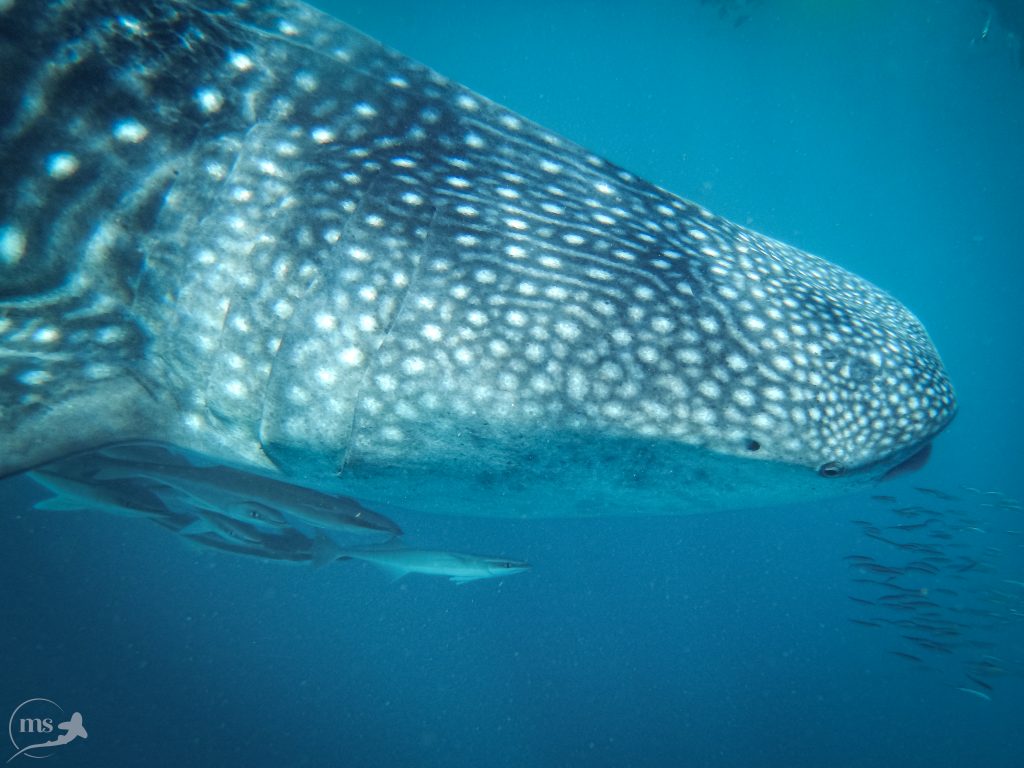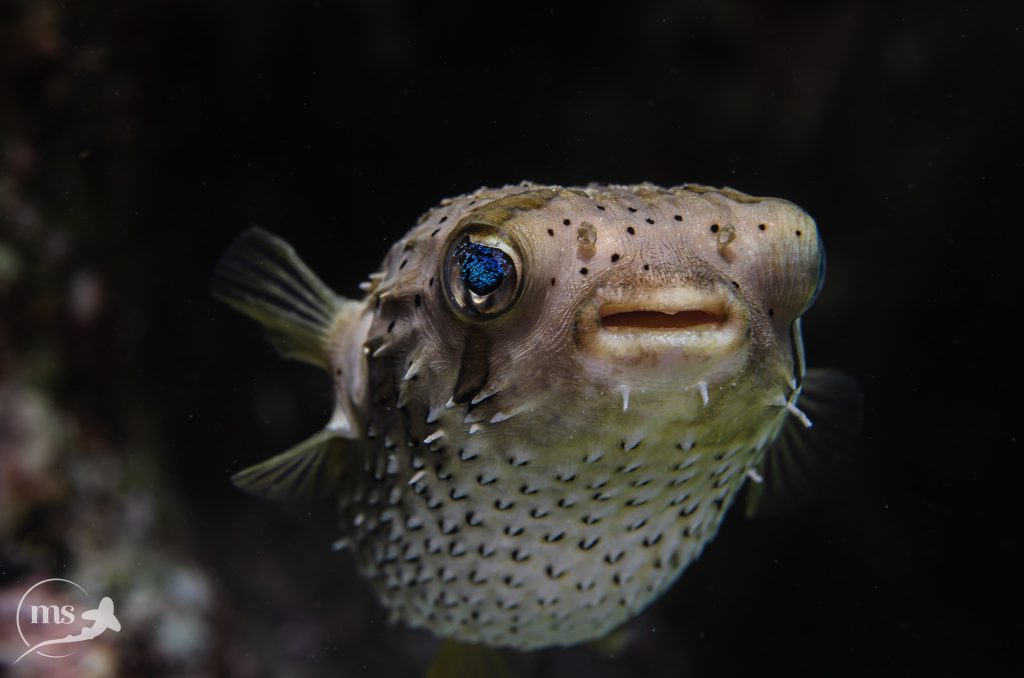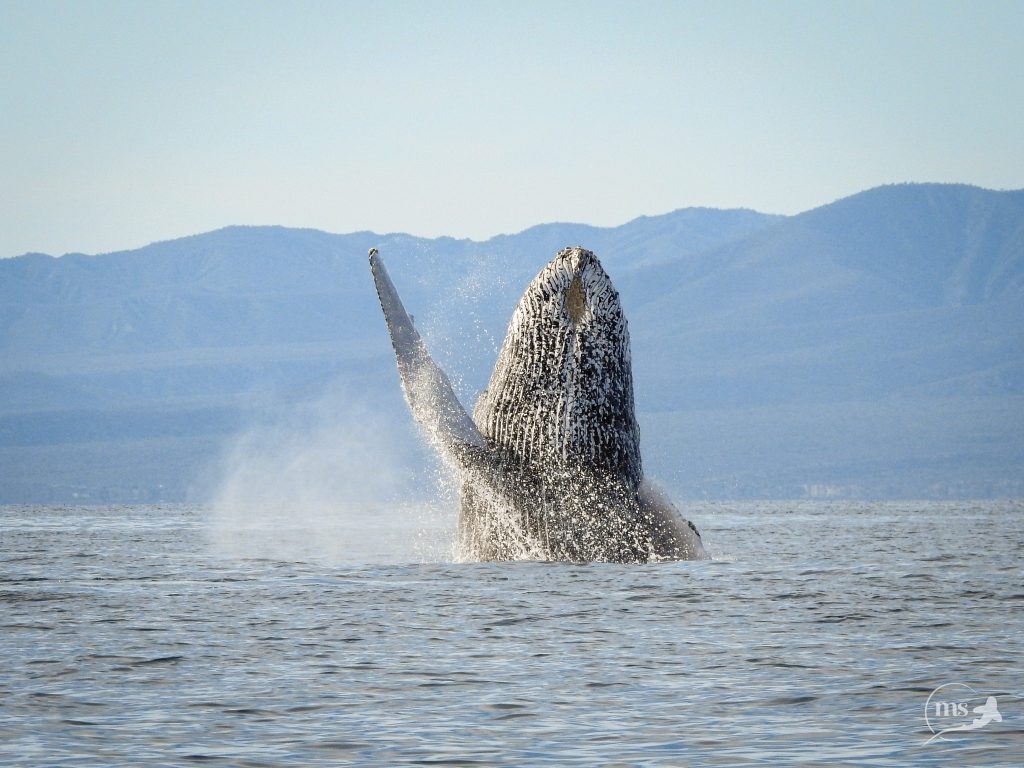
Humpback whales (Megaptera novaeangliae). Winter is a special time of the year. We get the wind that brings joy to many, and we get some special visitors: whales! From the ones in our area, the most common and acrobatic are humpback whales.
Humpbacks are baleen whales, meaning they don’t have teeth, but keratine plates, packed tight together forming a comb-like structure. The baleen works like a giant sieve for filtering small prey.
Found worldwide, in the Northern Hemisphere, they migrate every year between their high-latitude summer feeding grounds to their low-latitude breeding grounds, where they mate and calve during the winter. Adult males measure between 11.5-15m (37.5-49ft) and females are usually a bit bigger, 12-16m (39-52ft). They are easy to distinguish from other whales by their long flippers and their dorsal fin on top of a distinctive hump. They are more active on the surface than any other whale, performing beautiful acrobatics like breaching, and slapping their pectoral fins and tails (lobtailing).
The ones visiting us yearly breed around Cabo area and migrate north for the summer, to Canada or north of the US. They mate between December and March, the pregnant females will return after around 11 months to give birth. Humpbacks usually don´t feed here, so they must feed intensively in the summer. They feed on small fish like anchovies, herring, or sardines, and krill. Sometimes humpbacks can be seen opportunistic feeding in Baja, like on the big sardine balls of the Pacific, who can resist a good snack?
Another special thing about humpback whales is their songs. Females and males produce a wide variety of vocalizations, but only males sing. They create the longest and most complex songs in the animal kingdom.
Humpback whales can be identified by the unique patterns on the underside of their flukes and the serrations on the edges. Photographing a whale fluke, the individual can be recognized. If you take a good photo of underneath the whale tale, you can send it to happywhale.com, where they will try to find a match to your photo. This way, through citizen science, we can see their movement through different years, which is pretty cool!
Humpbacks are listed as Least Concern by the IUCN, after recovering from the brink of extinction from the whaling times. They are certainly very special creatures and seeing them in our bay every year brings us lots of joy! María Rodriguez-Salinas maria.rodsalinas@gmail.com, salinasmaria.com
